Results
-
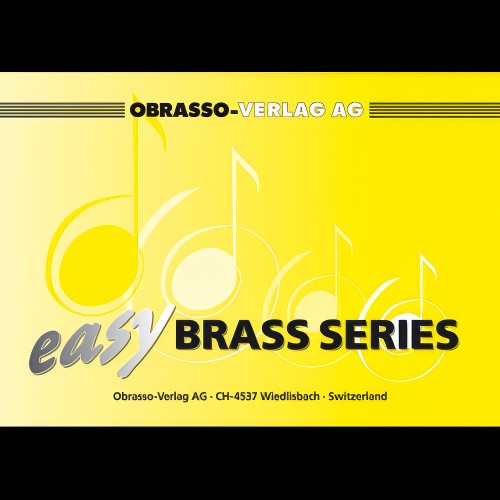 £50.90
£50.90Sgt. Pepper's Lonely Hearts Club Band (Brass Band - Score and Parts) - Lennon & McCartney - Hume, Rob J.
Slightly reduced Brass Band instrumentation (no rep cornet, no 2nd horn, no 2nd trombone part)
Estimated dispatch 7-14 working days
-
£30.00
SHE'S OUT OF MY LIFE (Flugel Horn Solo with Brass Band) - Bennett, Jon
The Michael Jackson favourites, arranged as a flugel solo with brass band accompaniment. An ideal piece that shows off the warm, lyrical sounds of the flugel.
Estimated dispatch 7-14 working days
-
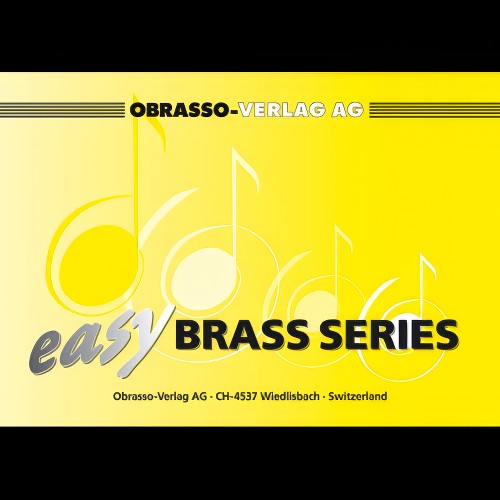 £50.90
£50.90Shine (Brass Band - Score and Parts) - Hume, Rob J.
Slightly reduced Brass Band instrumentation (no rep cornet, no 2nd horn, no 2nd trombone part)
Estimated dispatch 7-14 working days
-
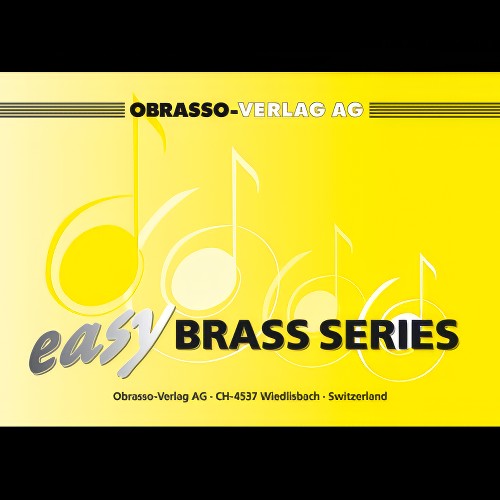 £54.20
£54.20Solid Gold Soul! (Brass Band - Score and Parts) - Fernie, Alan
Slightly reduced Brass Band instrumentation (no rep cornet, no 2nd horn, no 2nd trombone part)
Estimated dispatch 7-14 working days
-
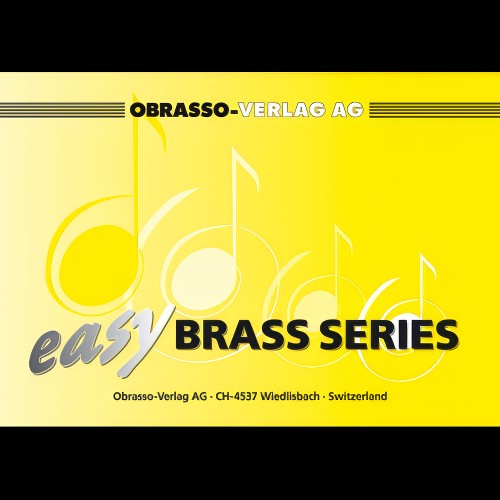 £50.90
£50.90Someone Like You (Brass Band - Score and Parts) - Adkins & Wilson - Hume, Rob J.
Slightly reduced Brass Band instrumentation (no rep cornet, no 2nd horn, no 2nd trombone part)
Estimated dispatch 7-14 working days
-
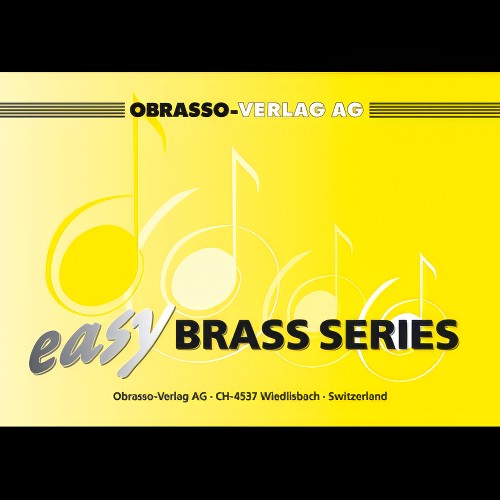 £50.90
£50.90Stal Himmel (Steel Skies) (Brass Band - Score and Parts) - Fernie, Alan
Slightly reduced Brass Band instrumentation (no rep cornet, no 2nd horn, no 2nd trombone part)
Estimated dispatch 7-14 working days
-
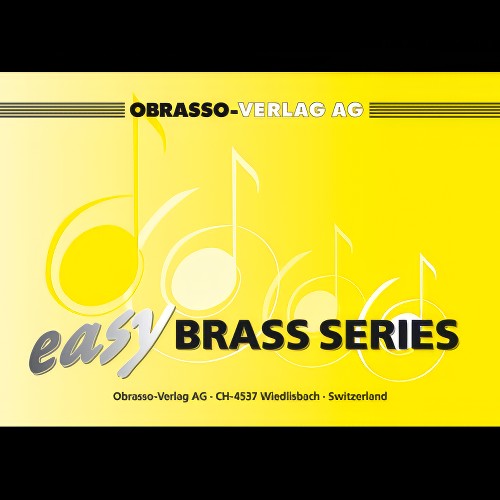 £50.90
£50.90Stardust (Trombone Solo with Brass Band - Score and Parts) - Carmichael, Hoagy - Fernie, Alan
Slightly reduced Brass Band instrumentation (no rep cornet, no 2nd horn, no 2nd trombone part)
Estimated dispatch 7-14 working days
-
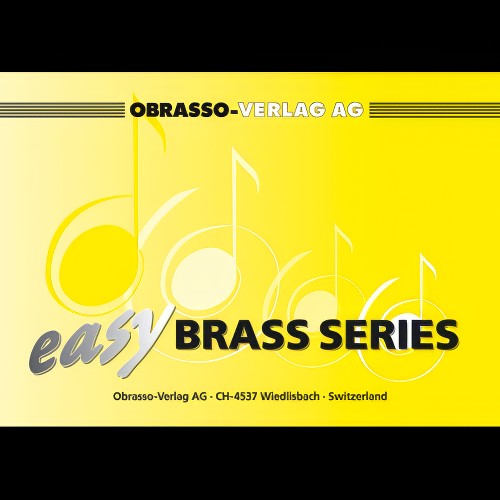 £54.20
£54.20Suddenly One Summer (Brass Band - Score and Parts) - Fernie, Alan
Slightly reduced Brass Band instrumentation (no rep cornet, no 2nd horn, no 2nd trombone part)
Estimated dispatch 7-14 working days
-
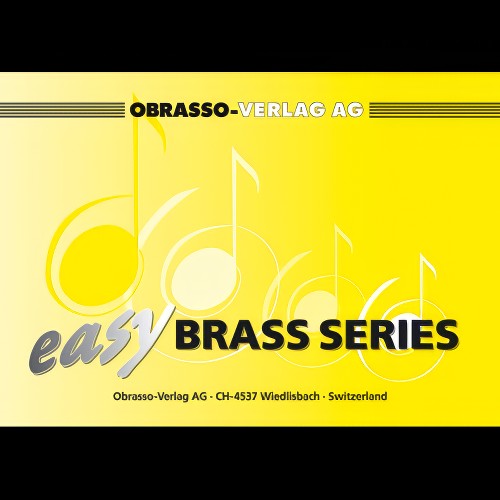 £50.90
£50.90Take It to the Max (Brass Band - Score and Parts) - Fernie, Alan
Slightly reduced Brass Band instrumentation (no rep cornet, no 2nd horn, no 2nd trombone part)
Estimated dispatch 7-14 working days
-
£30.00
TEARS IN HEAVEN (Flugel Horn Solo with Brass Band) - Robson, Steve
The Eric Clapton all time classic song brought to life as a beautiful flugel solo with brass band accompaniment
Estimated dispatch 7-14 working days
